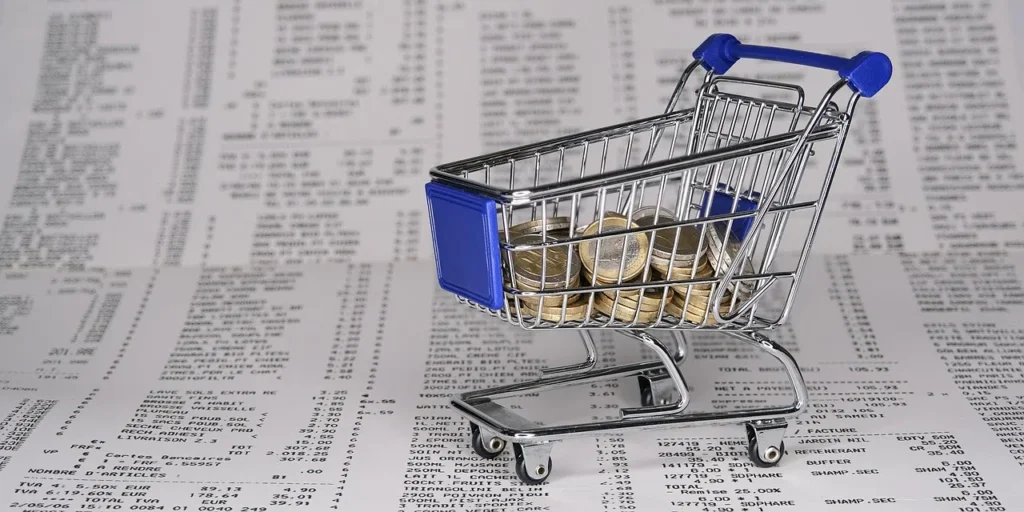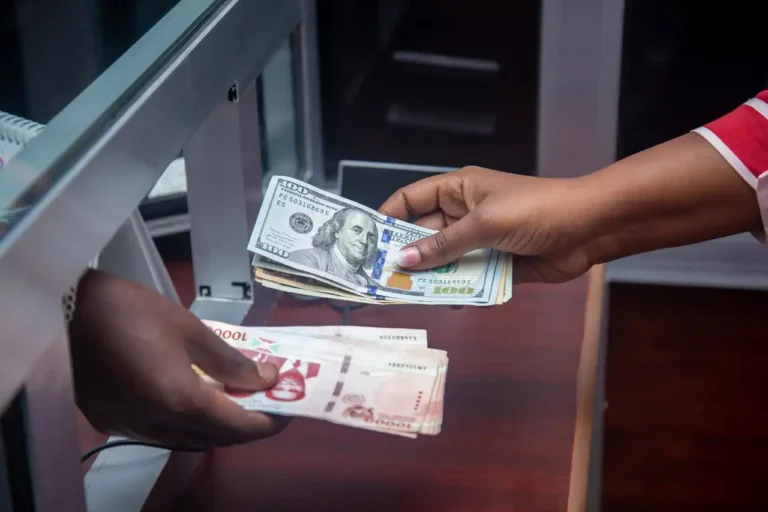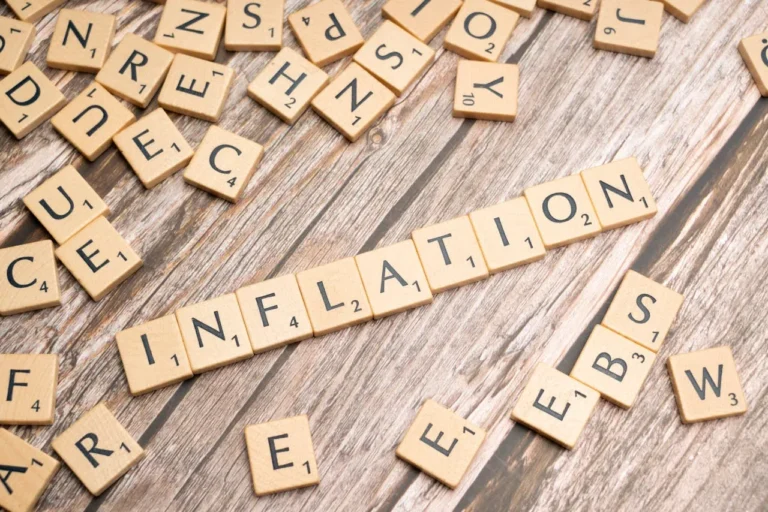Government Debt and Deficit are focal parts of any economy, affecting its monetary wellbeing, development direction, and money value. In India, understanding the association between these elements and their implication for the Indian Rupee is fundamental for upgrading monetary proficiency. let’s investigate these connections to give a clearer image of what government borrowing and deficit mean for the currency.
Grasping Government Debt and Financial Deficiency
What is Government Debt?
- Definition: Government Debt is the total borrowing gathered over the long period to finance earlier budget plan deficit.
- Structures: It incorporates National Debt (raised from residents and monetary establishments) and External Debt (acquired from foreign bodies or foundations).
- Reason: Funds for Infrastructure, government assistance programs, and financial stimulus for economy.

What is a Fiscal Deficit?
- Definition: A financial shortfall happens when the total expenditure by government surpasses its total income.
- Measurement: Typically communicated as a level of GDP (Gross domestic product).
- Importance: A moderate deficit can invigorate development, yet excessive deficiencies might prompt financial instability.
Ramifications of Government Debt and deficit on Currency:
Influence on the Worth of the Indian Rupee
Expanded Borrowing:
Higher government borrowing can flood the market with securities, prompting increasing interest rates.
Exorbitant interest rates draw in foreign financial backers, expanding interest for the Rupee temporarily.
Disproportionate borrowing over the long run weakens the currency because of repayment concerns.
Inflationary Tensions:
Deficit supported by printing cash lead to expansion, decreasing the Rupee’s buying power.
Relentlessly high inflation can deteriorate the cash value.
Foreign Trade Reserve Effect:
Huge foreign Debt might exhaust foreign currency stockpile, particularly when reimbursements are due.
A drop in reserve debilitates the Rupee’s capacity to endure outer shocks, whatever the cause may be.

Financial investor confidence
Positive Feeling: Controlled Deficits signal monetary discipline, reinforcing currency value.
Negative Feeling: Persistent high Deficits raise worries about Debt supportability, diminishing trust in the Rupee.
Adjusting Debt and Money Security
Measures to Oversee Debt and Deficits
Effective Spending:
Focus around useful ventures like basic infrastructure to spike monetary development.
Limit inefficient consumptions to stay away from superfluous financial burdens.
- Further developing Assessment Income:
- Extend the tax base through better consistence and easier tax structures.
- Help incomes without smothering financial activity.

- Overseeing Borrowing:
- Enhance borrowing sources to diminish dependence on outside Debt.
- Pick low expense borrowings locally.
- Improving Financial Development:
- A developing economy increments government incomes, easing off dependence on Debt.
- Stable development reinforces the Rupee in worldwide business sectors.
Job of Citizens
- Mindfulness and Advocacy: Understanding the ramifications of Debt and deficit energizes informed public discourse.
- Cooperation in Development: Residents contributing to financial activities, like tax compliance and investments, in a roundabout way support currency stability.
Conclusion
Administration Debt and deficit are two edge sword, fit for driving development whenever managed well or prompting to instability whenever mishandled. For Indian residents, having a grasp on these subtleties improves monetary education and cultivates informed decision in financial choices, ultimately adding to the Rupee’s stability and the nation’s prosperity.







